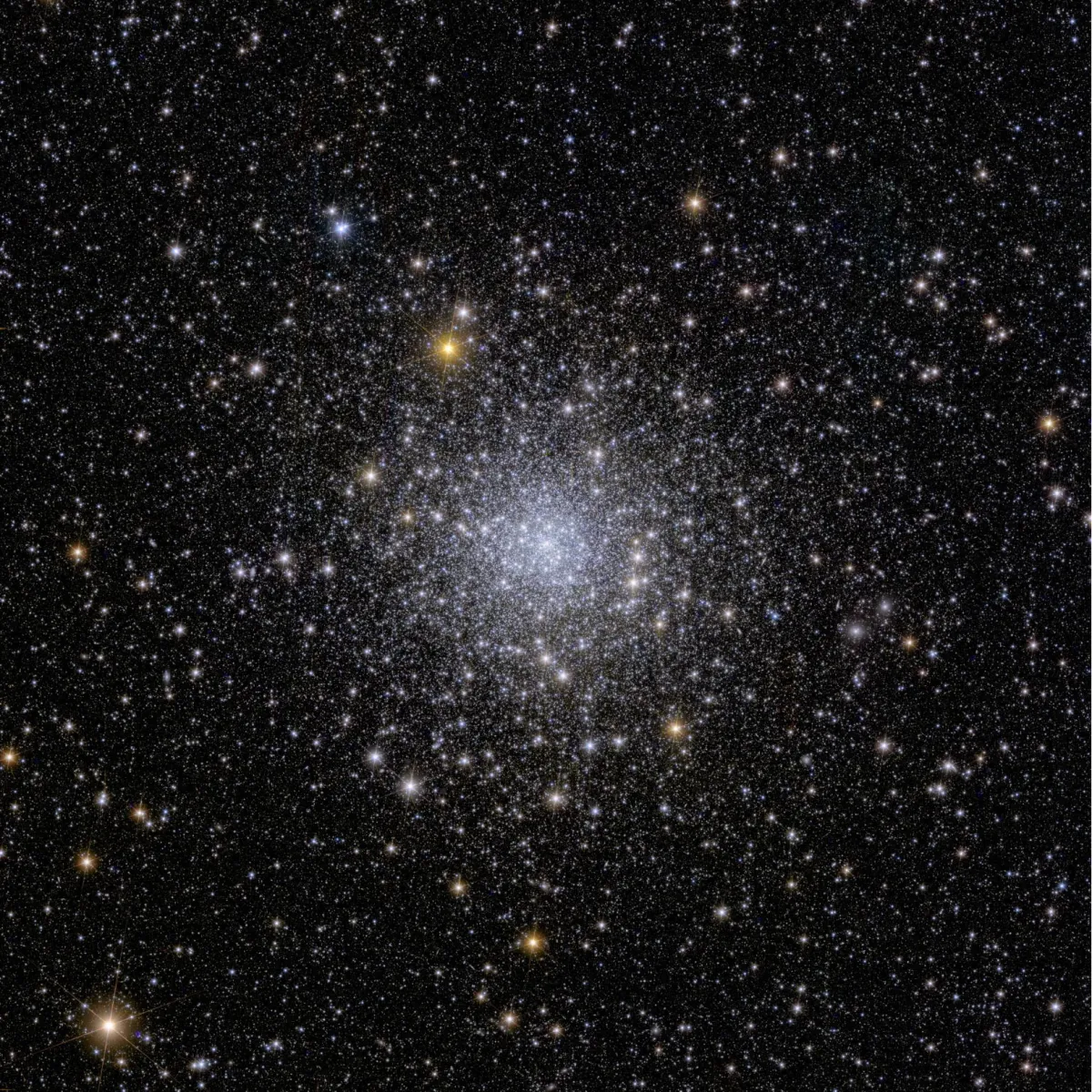Globular Cluster NGC 6397

History
This globular cluster was discovered by French astronomer Nicolas-Louis de Lacaille (also: de la Caille) in 1751-1752 with a 1/2" telescope at 8x, during his expedition to the Cape of Good Hope. He listed it as Lac III-11 and noted: «Small star involved in a nebulosity.» [8]
Scottish astronomer James Dunlop independently found this globular on 28 June 1826 using his 9-ich speculum reflector. He made four observations, listed it as Δ 366 and noted: «A pretty large nebula, extended nearly in the parallel of the equator, brightest and broadest in the middle; a group of very small stars in the middle give it the appearance of a nucleus, but they are not connected with the nebula, but are similar to other small stars in this place which are arranged in groups. The nebula is resolvable into stars.» [50]
John Herschel listed the cluster as h 3692. He observed it three times. His first observation was on 8 July 1834 (sweep 468) and he noted: «Globular cluster; fine; large; bright; round; gradually brighter to the middle; not very compressed; 5' diameter, but stragglers extend a great way. In the middle is a more compact group of much smaller stars. The stars at circumference are larger than in the middle; at north following border is a double star.» [11]
Physical Properties
| Designation | NGC 6397 |
| Type | GCL (IX) |
| Right Ascension (J2000.0) | 17h 40m 41.3s |
| Declination (J2000.0) | -53° 40' 23" |
| Diameter | 31 arcmin |
| Visual magnitude | 5.3 mag |
| Metric Distance | 2.300 kpc |
| Dreyer Description | globular, B, vL, Ri, st 13 |
| Identification, Remarks | h 3692; GC 4311; GCL 74; ESO 181-SC4 |
Finder Chart
The globular cluster NGC 6397 is located in the constellation Ara. Unfortunately it is not visible from Europe. On 17 June it in opposition with the Sun and is therefore highest in the sky at local midnight.
